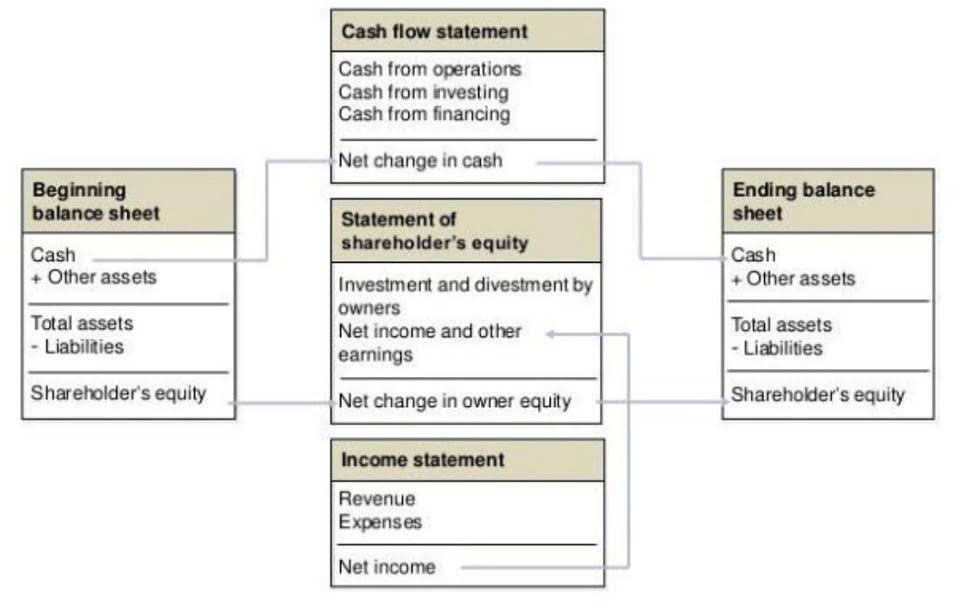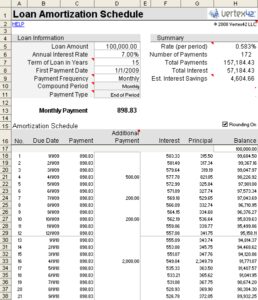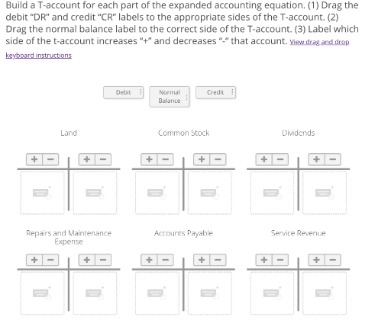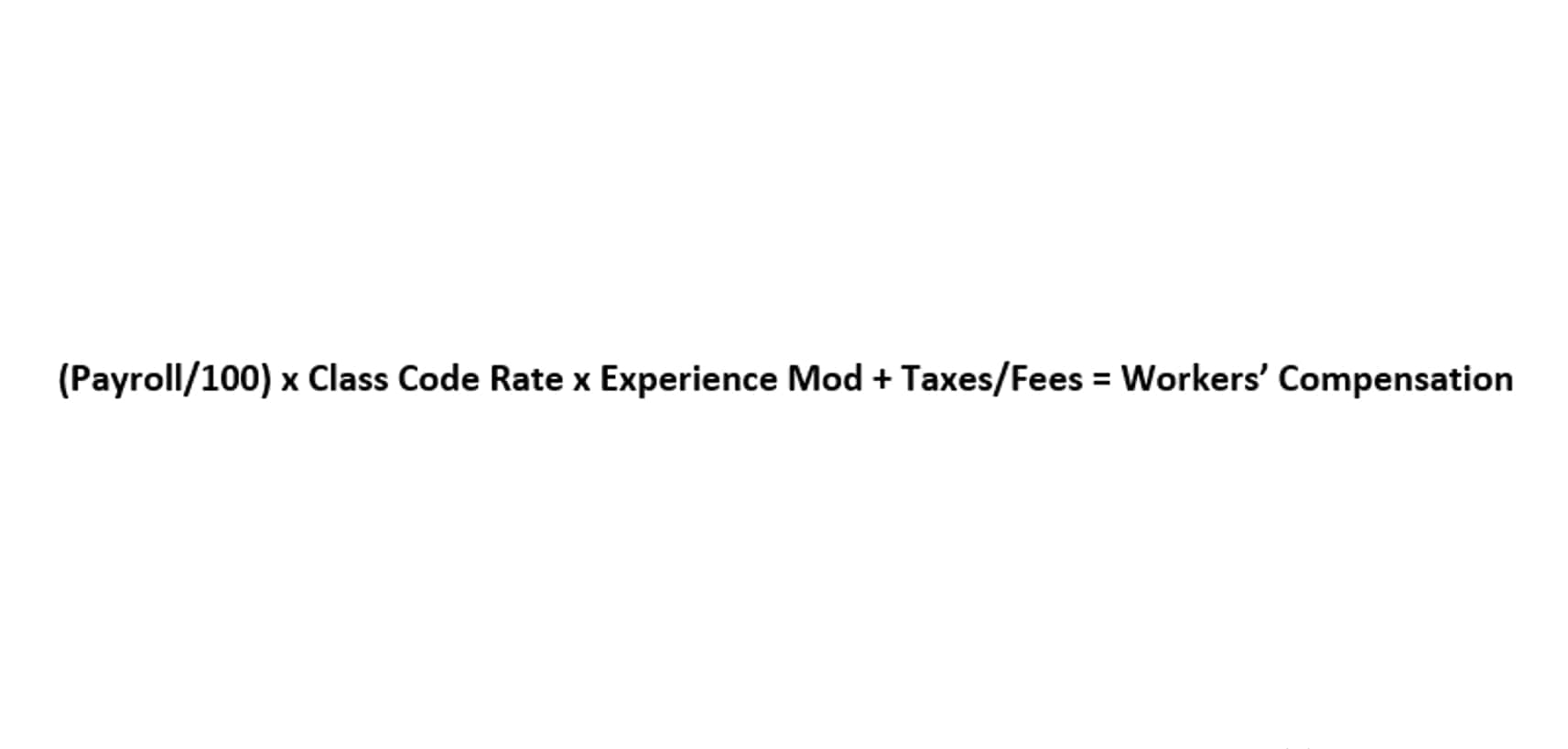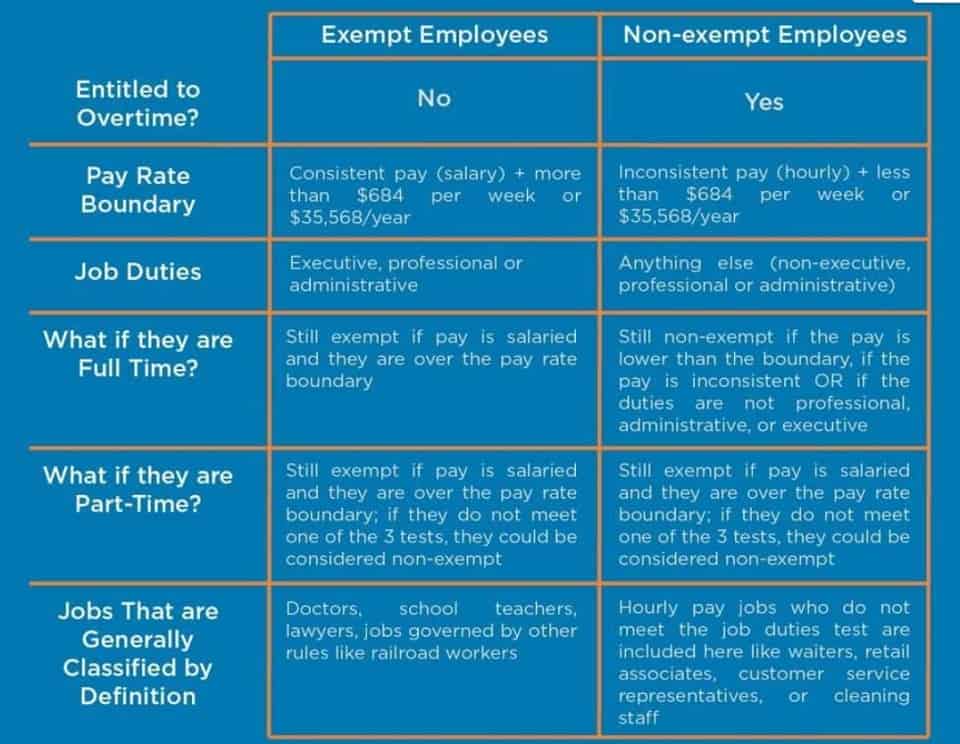Outsourced, virtual bookkeeping can cost as little as $150 per month and as much as $900 (or more) per month. Some companies charge by the number of accounts you need them to manage, while other companies charge based on your company’s monthly expenses. Typically, the lower your expenses (and the fewer your accounting needs), the less you’ll be charged. Ignite Spot Accounting delivers heftier reports than many other cloud accounting providers we checked out for this piece. Along with typical financial reporting (like profit and loss reports and balance sheets), you’ll get a KPI (key performance indicator) report and profitability analysis, among others. You have to enter more information about your needs to get a quote—which is useful if you want truly customized services but unhelpful if you’d rather choose a basic plan out of a lineup.
See Bench’s features in action
To learn more about outsourcing your accounting needs to what is a bookkeeper meaning and definition LBMC, contact us today. One significant advantage of outsourcing the accounting functions for businesses is the cost-effectiveness and overhead reduction that it offers. By outsourcing, companies can eliminate the need to hire and maintain an in-house accounting staff, subsequently cutting down on expenses such as salaries, benefits, and taxes. This allows businesses to reallocate resources to focus on their core operations and strategic initiatives, giving them a competitive advantage.
Understanding Accounting Outsourcing
Financial planning involves the analysis of a company’s financial position and performance in order to make informed decisions about resource allocation, capital investments, and risk management. By outsourcing financial planning and analysis tasks, businesses can gain access to specialized expertise, technology, and insights to enhance their overall financial management. Outsourcing accounting functions has become a popular approach for businesses to optimize financial management while simultaneously reducing costs and increasing efficiency. In this section, we will discuss how outsourcing can improve strategic financial management through enhanced budgeting, forecasting, and reporting, as well as financial planning and analysis.
Accounting Outsourcing: How to Hand off Your Financial Tasks (With Recommendations)
While outsourcing accounting tasks can offer numerous benefits, there are potential drawbacks to be aware of. Outsourcing may result in a less hands-on approach and a possible loss of control over your financial processes. It is crucial to find a provider that maintains regular communication and is available to address any concerns.
Outsourced controllers are experienced accounting professionals who have worked with a diverse range of businesses. In doing that, your outsourced accounting firm will work closely with you to develop an approach that works for your business. They’ll track KPIs that are important to you, provide regular financial reporting, and be responsive to your needs when you call with questions. Rather than keeping an in-house accounting department on staff, consider utilising one of the FreshBooks plans available to you.
- Their teams live and breathe accounting every day, and will replicate best accounting practices from across your industry into your business’s workflows, boosting efficiency and productivity.
- Many of the concerns that might be swirling in your mind have been addressed.
- This in turn allows businesses to make informed decisions and stay ahead in a competitive environment.
- By outsourcing, companies can eliminate the need to hire and maintain an in-house accounting staff, subsequently cutting down on expenses such as salaries, benefits, and taxes.
Outsourcing your bookkeeping to an accounting firm ensures that your business’s financial data is organized according to best practices. Outsourced accounting firms tend to use cloud-based bookkeeping technologies that provide business owners what is a pro forma statement with a real-time overview of their business’s financial position. When you outsource bookkeeping and accounting services to a professional, that responsibility is lifted off your shoulders so you can focus on core business activities that give you a competitive advantage. Your accounting team can provide you with important insights into your finances and help your company grow by assisting you as you make critical decisions.
Their job is to head up a business’s financial strategy, designing and implementing financial systems and processes that enable the business to operate more efficiently. Beyond this, having a clean, organized financial infrastructure makes things significantly easier for your business come tax season. If you’re aiming to raise additional funding or are targeting a potential exit, well-organized financial record-keeping will significantly streamline the due diligence process.
Accounting firms have likely worked with many businesses like yours and have seen it all, including the successes as well as the mistakes payroll accounting that other companies have made. This experience makes them well-equipped to apply their knowledge to your business. Mazuma is one of the top online accounting firms in the UK that caters to all accounting needs. Mazuma is HMRC recognized, has excellent reviews, and is dedicated to providing stress-free accounting services to small business and start-ups. Although it may sound counterintuitive, one of the main benefits of outsourcing accounting is that it can actually save your business money.
